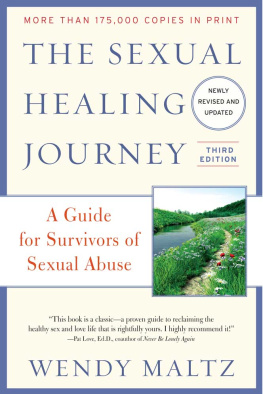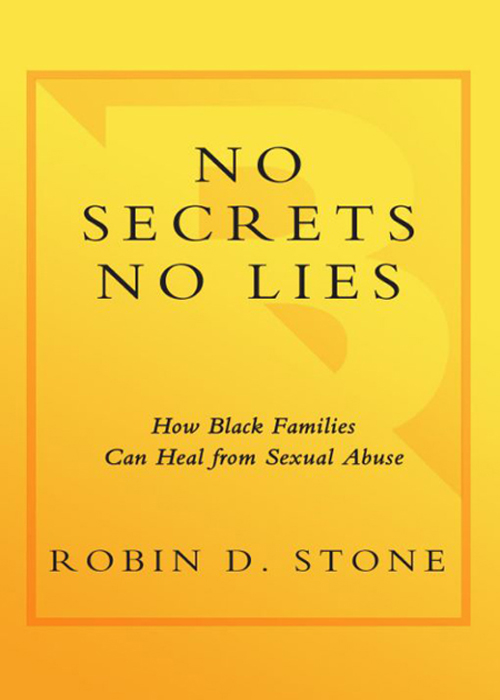
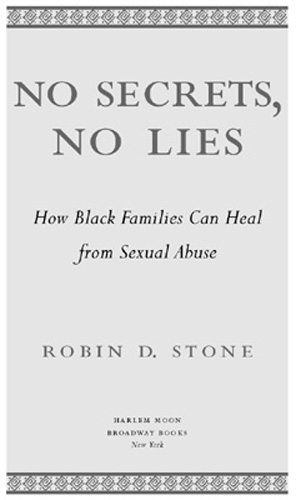
Table of Contents
To my family, and for all our families
As we share with others, we offer them the power of our healing experiences.
Byllye Avery, health activist and founder, National Black Womens Health Project (from her book An Altar of Words, 1998)
Praise for NO SECRETS, NO LIES
A compelling collection of stories and survival strategies.
Essence
One of the most important books some of us will ever read.
Mary Mitchell, Chicago Sun-Times
[Robin D.] Stones understanding of, and empathy for, incredibly painful situations comes through on every page, and her techniques for beginning to deal with them are compassionate and straightforward.
Publishers Weekly
A comprehensive look at perhaps the most underreported of all crimes.
Rubn Rosario, Saint Paul Pioneer Press
Stones new book breaks the silence about sexual assault within black families.
Detroit Free Press
Robin is doing a healers work.
Katti Gray, Newsday
Powerful stories...
Library Journal
No Secrets, No Lies opens the door to understanding and healing.
Todays Black Woman
Powerful, positive, and right on time, Robin Stones No Secrets, No Lies demystifies sexual abuse in the Black community and empowers survivors. A must-read for anyone who cares about the health of their family and of children everywhere.
Faira Chideya, author of The Color of Our Future and
Dont Believe the Hype
In No Secrets, No Lies Robin D. Stone provides invaluable insights and tools for both families and mental health professionals to address the ever-present problem of sexual abuse that has been hidden too long.
Kim Singleton, Ed.D., clinical psychologist and author of
Broken Silence
No Secrets, No Lies presents an empowering and healing approach to childhood sexual abuse from a culturally relevant perspective. It provides insight into dysfunctional family dynamics and abuse patterns from the view of victims and perpetrators. Without pathologizing victimization, Robin D. Stone systematically fosters the development of ego strength and survival strategies. Every psychologist and therapist should use No Secrets,No Lies as an invaluable guide and resource with clients who have experienced sexual trauma.
Darlene Powell-Garlington, Ph.D., clinical psychologist
and coauthor of Different and Wonderful: Raising Black
Children in a Race-Conscious Society
FOREWORD
by M. Joycelyn Elders, M.D.
Sexual abuse is a major public health problem, which is made more complex by the attitudes of our society in addressing issues involving sex.
We find it difficult to accept that offenders are often family members.
The act typically occurs in private, under a cloak of secrecy, and the nature of the act varies greatly in type, frequency, duration, and intensity. Since there may be no physical signs, sexual abuse is very difficult to detect.
Robin Stones extraordinary book challenges the long-established wisdom of using myths, secrets, and lies to hide sexual abuse within a family circle. In a misguided attempt to maintain the bonds of a family group, people often try to minimize sexual abuse with expressions that tend to reduce the overwhelming consequences of the acts. Some of these expressions include messin with, just playing, or being warm and friendly. Ms. Stone sets us straight in No Secrets, No Lies .
She begins with her own story, describing how a child feels after sexual abusethe fear, self-doubt, inability to come up with the right words to tell anyone. Then she narrates the stories of both women and men, focusing on incidents that happened when they were girls and boys. These heart-wrenching stories are told in an unsentimental way that touches us in their straightforwardness.
Learning the stories of others sometimes helps us not to feel so alone. When we realize that we are not solitary in our experience, we are more likely to delve into what has happened in our lives. Ms. Stone likens the yearning to just put it behind us to living with a persistent dental problem: It doesnt go awayin fact, it gets worse. By the time you end up seeking help, youre in crisis.
She also explains how to help children avoid sexual abuse, as well as what to do and how to teach children how to respond if it should ever happen to them. She gives exact advice for adults who want to bring child sexual abusers to justice: how and where to find a lawyer, preparing for the visit to an attorney, and legal rights and limitations. She lists phone numbers, addresses and Web sites that can help you find the information you need.
Ms. Stone discusses what a family can do if there is a history of child sexual abuse, and she addresses some of the possibilities of outcomes. Three roads to resolution are presented: Confrontation, Accountability and Amends, Faith and Forgiveness. Exact actions and possible scenarios and words are given. While we all can sympathize with the problem, we do not all know what to do. The author delineates precisely how a survivor of sexual child abuse can rise out of the murky waters of secrets and lies.
Therapists, attorneys, clergy, and teachers as well as individuals who have been sexually abused as children who take Robin Stones book to heart are likely to see a more accurate view of sexual child abuse and to experience gratifying personal growth.
As a society, we have a responsibility to protect children from sexual abuse. The most powerful weapon we have is education. This book will help us educate ourselves so that we can educate society and save the most valuable resource we will ever haveour children.
Dr. M. Joycelyn Elders, one of the nations foremost advocates for comprehensive health education, including sex education, was U.S. Surgeon General in 199394.
INTRODUCTION
If only this book werent needed. But chances are that if you are reading it, you are seeking to help yourself or someone you love to heal from childhood sexual abuse. Know that you are not alone: an estimated one in four women and one in six men report that they were sexually abused as children.
I am among those survivors. For years I was also among the many who live in the shadows of silence and shame. Sexual abuse is a tough subject for most anyone to discuss, but it is especially difficult for those who have experienced it to expose long-buried wounds. For me, doing so took years of healing work, and in the end, it helped me see and understand not only the devastation of sexual violation, but also the damage of the silence, secrets, and denial that often follow.
Today, I am healthy and happy and whole. I have a husband and son whom I love dearly, family and friends whom I cherish, a spiritual center that keeps me grounded and helps me soar, a satisfying professional life, and meaningful connections with my community. But it wasnt easy to get there. Heres how I found my way.
I had been deputy editor of Essence magazine for about a year when, in 1998, our senior editorial team went on a retreat in upstate New York. The editor in chief at the time, Susan Taylor, had invited a motivational expert along to help us brainstorm for new article ideas.
Here we were, at the nations leading magazine for Black women, gathered to find new ways to empower our readers. The expert started by asking each of us to draw two picturesone as we saw ourselves, and the other as wed like to see ourselves. When it was my turn, I held up my intricate handiwork: a harried-looking stick figure with disheveled hair struggling to balance two baskets of eggs, with some eggs spilling and others a cracked mess on the floor.
Next page

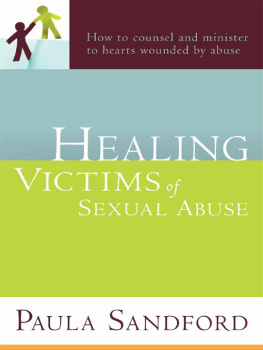

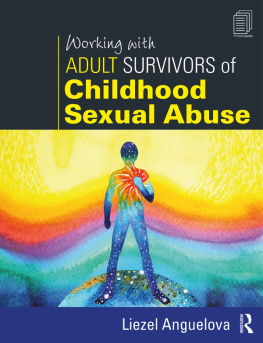
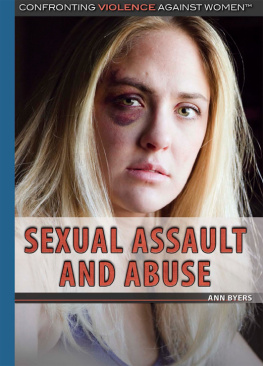
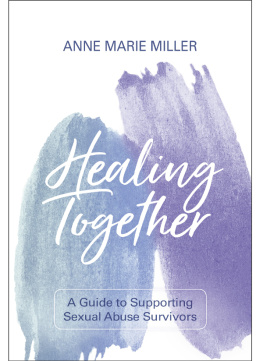
![Heitritter Lynn - Helping victims of sexual abuse: [a sensitive biblical guide for counselors, victims, and families]](/uploads/posts/book/212530/thumbs/heitritter-lynn-helping-victims-of-sexual-abuse.jpg)
